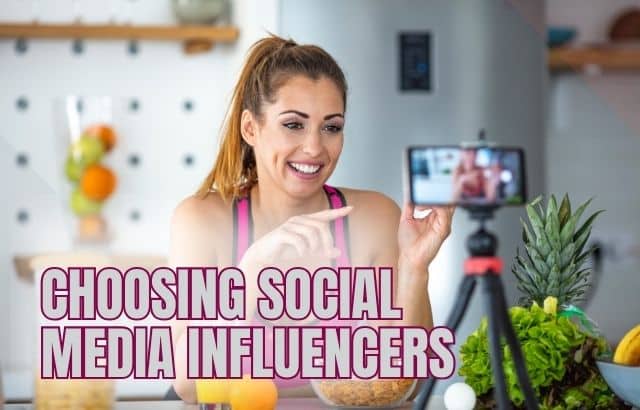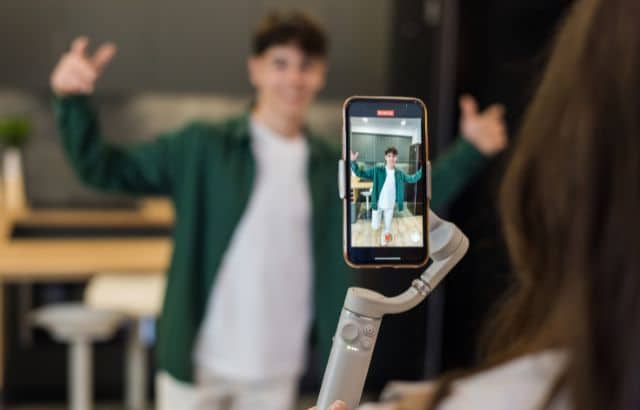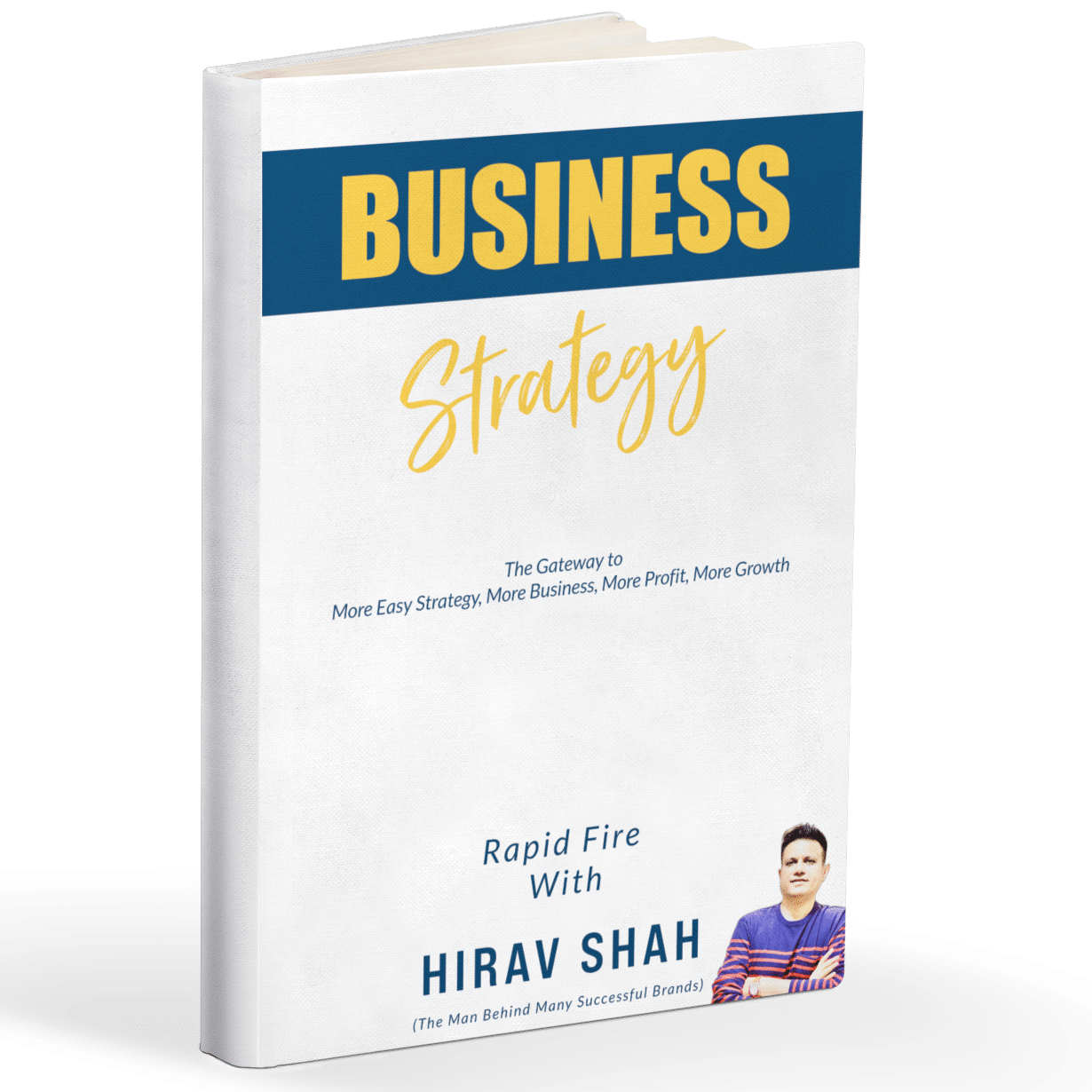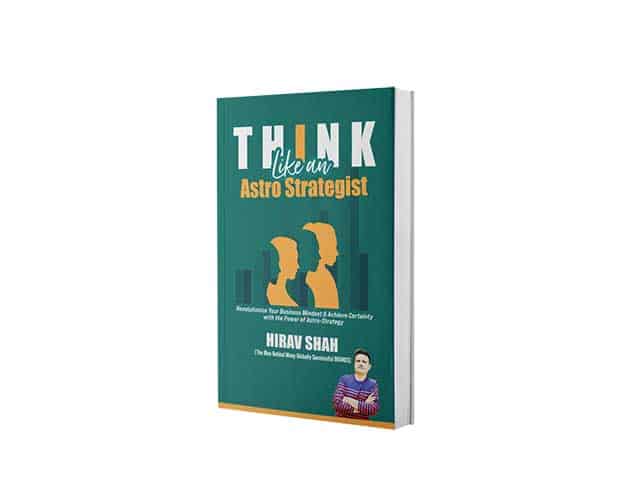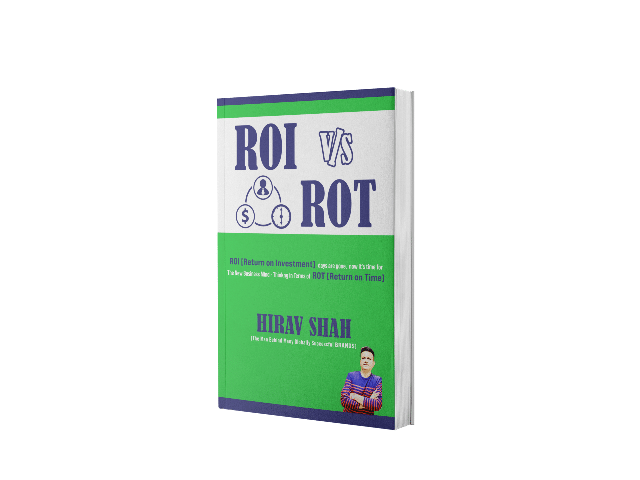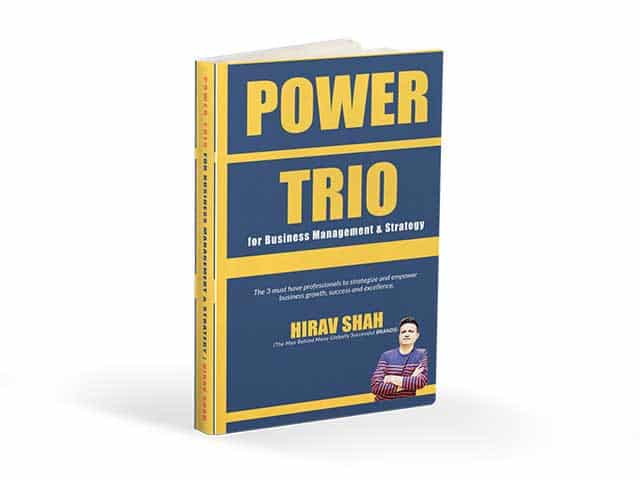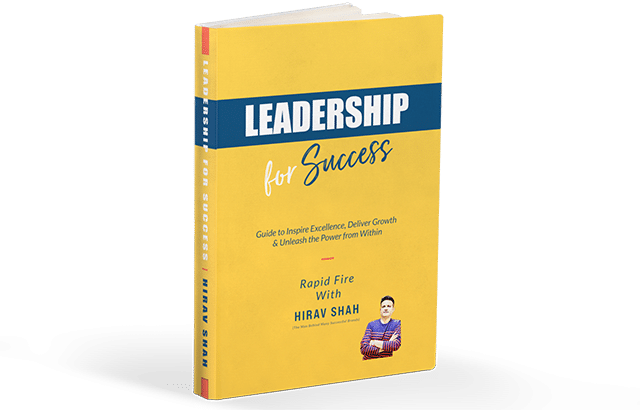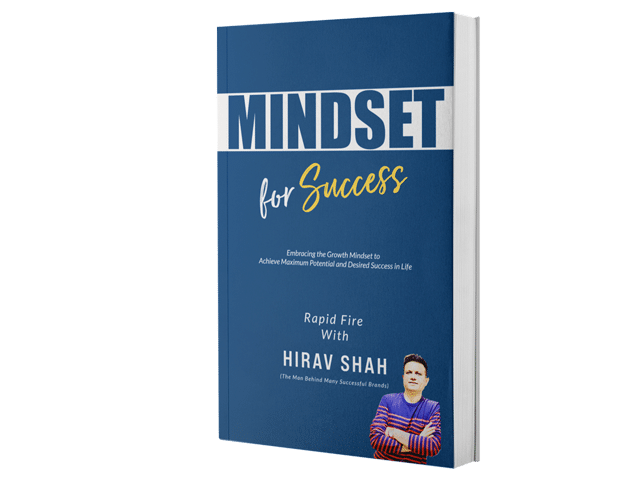In today’s digital landscape, influencer marketing has become one of the most effective ways for brands to connect with their target audience. With millions of influencers across platforms like Instagram, TikTok, YouTube, and Twitter, the challenge lies in finding the ones who genuinely align with your brand. To make your influencer partnership a success, here are five crucial tips to help you identify the perfect influencers for your campaign.
Table of Contents
1. Define Your Brand and Goals First
Before diving into the influencer search, take a step back to reflect on your brand identity and campaign goals. What is the core message you want to convey? Who are you trying to reach? Is it about raising awareness, driving sales, or increasing engagement?
For example, if you’re a luxury skincare brand looking to promote a new anti-aging serum, your ideal influencer might be someone who specializes in beauty and skincare, with a demographic that aligns with your product’s target audience. If you’re an eco-friendly startup, partnering with sustainability influencers can give your brand the authenticity it needs.
Stats to Note:
- 70% of consumers trust product recommendations from influencers over traditional advertisements (Source: Nielsen).
- Brands with clearly defined goals are 60% more likely to see positive results from influencer collaborations.
2. Conduct Thorough Research to Find the Right Fit
Once you have a clear understanding of your brand and its objectives, start searching for influencers within your niche. Research is vital in discovering influencers who not only have a solid following but also possess a deep understanding of your target audience.
For instance, if you’re targeting Gen Z, focus on TikTok influencers with a high engagement rate and a following from this demographic. Tools like Upfluence, AspireIQ, and BuzzSumo can help you narrow down influencers by interests, location, and engagement levels.
Example:
Suppose you run a fitness apparel brand. A popular fitness influencer like Kayla Itsines or Chloe Ting might be a great fit because they have the right audience, content, and engagement to showcase your brand.
Stats to Note:
- 63% of marketers agree that identifying the right influencers is the biggest challenge in influencer marketing (Source: Influencer Marketing Hub).
- 68% of brands prefer using influencer marketing platforms to find suitable influencers (Source: Mediakix).
3. Evaluate Authenticity and Brand Alignment
The key to successful influencer marketing is authenticity. Look for influencers who genuinely resonate with your brand values, and whose followers trust their opinions. Influencers who only promote products for the paycheck are often less effective in driving conversions.
Take Emma Chamberlain as an example: She’s known for her raw, unfiltered style and only partners with brands she genuinely believes in, like Louis Vuitton. Her authenticity makes her recommendations feel organic and relatable.
Avoid influencers who constantly promote products unrelated to their niche or whose endorsements seem forced. Authenticity is crucial for building trust.
Stats to Note:
- 80% of consumers prefer to engage with brands that work with influencers they trust (Source: Nielsen).
- 52% of consumers say they are less likely to trust an influencer who has too many sponsorships (Source: Edelman Trust Barometer).
4. Analyze Engagement Metrics, Not Just Numbers
While an influencer’s follower count is often the first metric that stands out, engagement rates matter far more. An influencer with a smaller but highly engaged following can be more valuable than one with millions of passive followers.
For example, an influencer with 100,000 followers but a 10% engagement rate (10,000 interactions per post) is likely to create more buzz than one with 1 million followers and only a 2% engagement rate (20,000 interactions). Look at metrics like comments, shares, and DMs to gauge the quality of interactions.
Example:
If you’re considering an influencer with a large following but minimal engagement, they might not be able to generate the buzz you’re hoping for. Instead, consider an influencer like Zach King, known for his viral, creative videos that draw an exceptional level of engagement despite his larger audience.
Stats to Note:
- 82% of marketers prefer working with influencers who have high engagement over those with large but inactive followings (Source: Influencer Marketing Hub).
- Influencers with engagement rates between 3-5% are more likely to produce higher ROI (Source: Forbes).
5. Establish a Mutually Beneficial Partnership
Influencer collaborations work best when both the brand and the influencer benefit from the partnership. Ensure that the terms of your collaboration are clear from the outset. This includes compensation, campaign goals, deadlines, and expectations.
For instance, a cosmetics brand may offer an influencer not only monetary compensation but also exclusive access to product launches or early releases. Offering additional perks can make the collaboration feel more special and can strengthen the influencer’s commitment.
Example:
Consider Gymshark’s partnerships with fitness influencers like Charity Witt and Natacha Oceane. They not only collaborate on paid posts but also invite influencers to exclusive events, boosting brand loyalty.
Stats to Note:
- 58% of influencers expect to be compensated with monetary payment (Source: Influencer Marketing Hub).
- 71% of marketers see influencer relationships as long-term partnerships (Source: HubSpot).
Bonus Tip: Use Influencer Marketing Tools
As influencer marketing grows, tools like AspireIQ, Influencity, and BuzzSumo are essential in streamlining the search for the right influencer. These platforms provide data on influencers’ audience demographics, past collaborations, and performance metrics, saving you time while ensuring you make informed decisions.
FAQs
1. How do I know if an influencer is a good fit for my brand?
A good influencer should resonate with your brand’s values, have an engaged audience, and produce content that aligns with your messaging. Conduct thorough research into their past campaigns and audience demographics to ensure a good fit.
2. What’s the difference between micro, macro, and mega influencers?
- Micro-influencers: 1K–100K followers, highly engaged niche audiences, often more cost-effective.
- Macro-influencers: 100K–1M followers, often industry leaders or celebrities with broad reach.
- Mega-influencers: 1M+ followers, celebrities or major public figures with massive reach but potentially lower engagement.
3. What kind of compensation do influencers typically expect?
Compensation varies depending on the influencer’s following, platform, and the campaign’s scope. It can range from free products to paid collaborations, affiliate marketing deals, or a combination.
4. Can influencer marketing work for small businesses?
Yes! Micro-influencers are particularly effective for small businesses, as they have highly engaged audiences in specific niches. Micro-influencers often provide a more personal connection with their followers, leading to better conversion rates.
Conclusion
In conclusion, finding the right social media influencers requires strategic planning, in-depth research, and a focus on authenticity and engagement. By understanding your brand’s goals, evaluating potential influencers thoroughly, and building strong, mutually beneficial partnerships, you can maximize your influencer marketing efforts and achieve outstanding results.
Remember, influencer marketing isn’t just about reaching a large audience—it’s about reaching the right audience in a way that feels organic and authentic. Happy influencer hunting!

